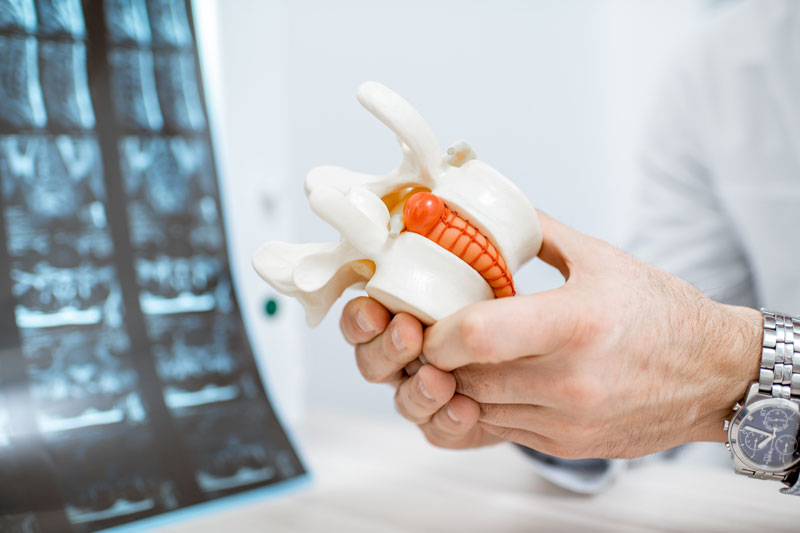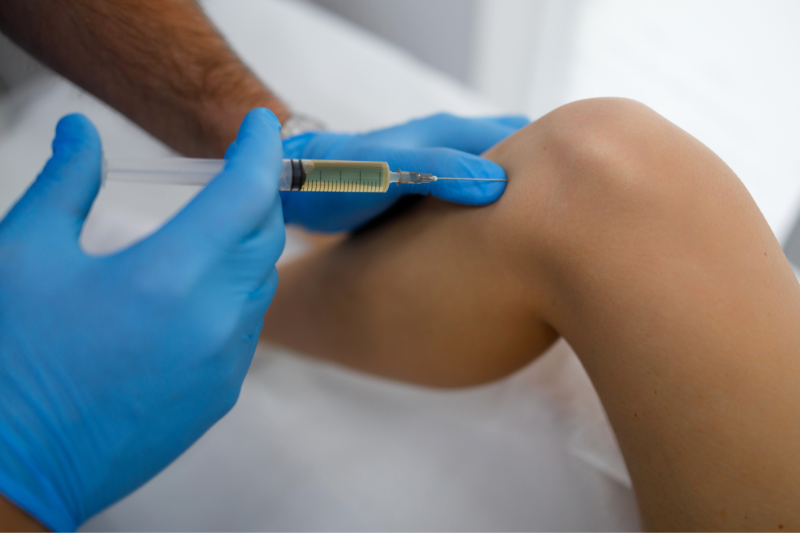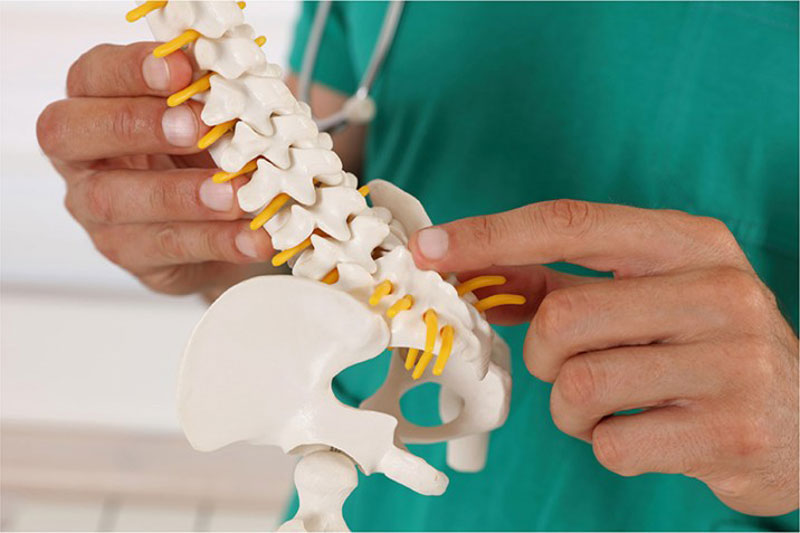What is a Cervical Epidural Steroid Injection?
A cervical steroid injection is an injection using a steroid to control inflammation and a long-lasting anesthetic for pain relief. These injections are typically delivered into the cervical spine, the vertebrae that make up the neck portion of your spine. The injection is placed in the space between the spinal cord and the vertebrae of the cervical spine. A minimally invasive procedure, a cervical epidural steroid injection can help relieve pain for some patients with severe or chronic neck and upper extremity pain. It may also help avoid spinal surgery.Why is a Cervical Epidural Steroid Injection performed?
Being simple and relatively painless, cervical steroid injections can help with some very painful conditions including:- Neck pain
- Upper back pain
- Shoulder pain
- Cervical spinal stenosis
- Degenerative disc disease
- Herniated or bulging discs
- Shooting pain
- Pins and needles in the shoulders, arms, and hands
- Numbness or weakness in the arms and hands
How is a Cervical Epidural Steroid Injection performed?
On the day of the procedure, you may receive a mild IV sedative to help you relax, especially if you are anxious about it. Talk to your doctor about any questions or concerns you have. Your healthcare team is there to help you feel more at ease. The area to be injected will be numbed with a local anesthetic. Using fluoroscopic guidance to position a thin needle in the epidural space, the doctor will first inject a dye to ensure that the medication is in the right place, helping provide more targeted pain relief and minimizing potential risks. Once the needle is in place, a long-lasting steroid and a local anesthetic, usually lidocaine or bupivacaine are injected. Steroids can help reduce inflammation and irritation, and the anesthetic disrupts pain messages to the brain. As with all procedures, cervical epidural steroid injections do have risks, which are rare. Some potential complications can include bleeding, infection, headaches, and nerve damage. There may also be risks associated with the medications, including allergic reactions, high blood sugar, decreased immune response, and the potential for weight gain. Proper positioning of the needle using fluoroscopic guidance helps to minimize these risks.What should I expect after a Cervical Epidural Steroid Injection?
Immediate pain relief is typically experienced, which will diminish as the local anesthetic wears off, which is normal. Aftercare instructions might include:- Ice packs on the injection site
- Over-the-counter pain medications
- Rest













